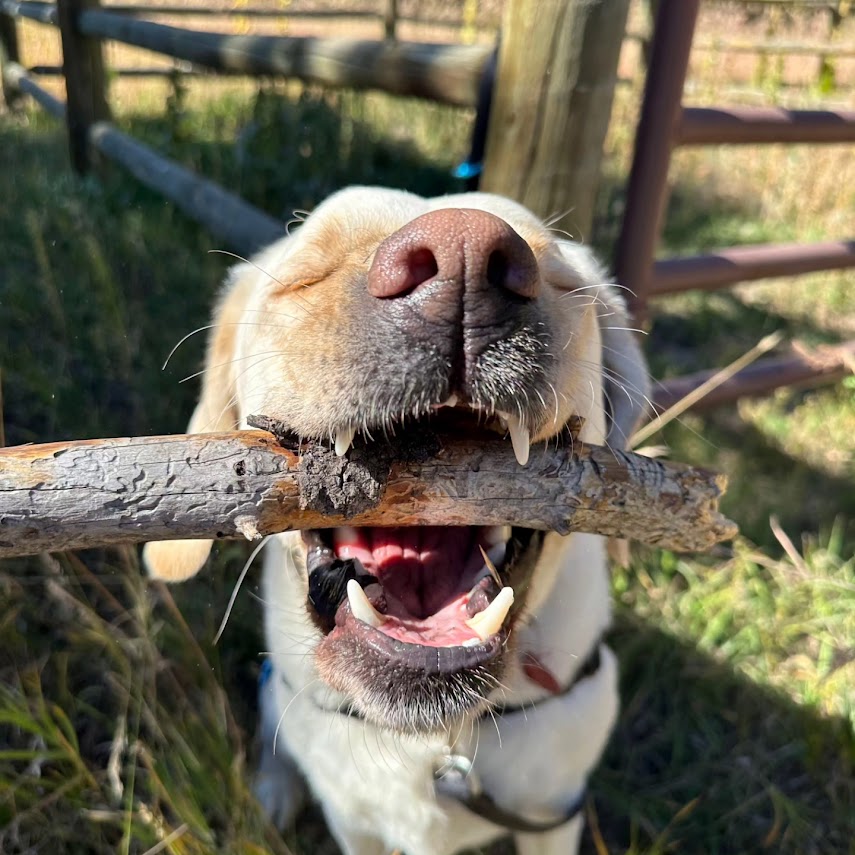










Every year, National Dog Bite Awareness Week serves as an important reminder that while dogs are loving companions, they are still animals that communicate through body language and behavior. Responsible pet ownership, education, and awareness can help prevent dog bites and create safer interactions for both humans and canines.
Whether you’re a pet parent, dog lover, or someone who interacts with dogs regularly, understanding why bites happen and how to prevent them is essential. Let’s explore the key facts, prevention tips, and ways we can all promote safer, more positive relationships with dogs!

Dog bites are more common than many people realize. According to the American Veterinary Medical Association (AVMA), millions of people are bitten by dogs every year, with children being the most frequent victims. However, the good news is that most bites are preventable with proper education, training, and awareness.
Common reasons dogs may bite include:
🐾 Fear or Anxiety – When a dog feels threatened, their natural instinct may be to bite as a defense mechanism.
🐾 Pain or Illness – Dogs who are injured or not feeling well may react aggressively when touched.
🐾 Protective Instincts – Dogs may bite to protect their territory, food, toys, or family members.
🐾 Overstimulation or Excitement – Some dogs can become too excited during play and unintentionally nip.
🐾 Poor Socialization – Dogs who haven’t been properly socialized may react fearfully to new people or situations.
Preventing dog bites starts with education, responsible pet ownership, and respectful interactions. Here are some key ways to keep both people and dogs safe:
✔ Socialize Early: Expose puppies to different environments, people, and other animals in a positive way to build confidence.
✔ Provide Training & Structure: Teach basic obedience commands like sit, stay, and leave it to establish trust and control.
✔ Respect Their Space: Recognize when your dog needs alone time, especially when eating or sleeping.
✔ Recognize Warning Signs: Growling, stiff body posture, pinned ears, and showing teeth are all signals that a dog is uncomfortable.
✔ Keep Up with Vet Visits: Regular check-ups ensure your pup is healthy and not reacting to pain or illness
✔ Always Ask Before Petting: Never approach an unfamiliar dog without the owner’s permission.
✔ Teach Kids Safe Interactions: Children should learn to approach dogs calmly and avoid pulling tails or ears.
✔ Let Dogs Come to You: Instead of reaching for a dog, allow them to sniff and approach at their own pace.
✔ Avoid Disturbing a Dog While Eating or Sleeping: Even the friendliest dogs can react negatively when startled.
✔ Know When to Walk Away: If a dog seems nervous, back away calmly and avoid direct eye contact.
Even with the best precautions, accidents can happen. If a dog bite occurs:
🐾 Stay Calm & Assess the Situation – If the bite is minor, wash the wound with soap and water and apply antiseptic.
🐾 Seek Medical Attention – For deeper bites, see a doctor to prevent infection.
🐾 Report the Incident – If the bite is serious, report it to local authorities or animal control.
🐾 Evaluate the Cause – If your dog bites someone, assess what led to the behavior and consult a trainer or vet if needed.
National Dog Bite Awareness Week is about more than just prevention—it’s about creating a culture of respect, understanding, and safety for both dogs and people. By spreading awareness, educating ourselves and others, and ensuring our furry friends feel safe and secure, we can significantly reduce dog bite incidents and strengthen the bond between humans and their canine companions.
🐾 Let’s work together to make every interaction with dogs a safe and positive one! 🐾
Have you ever had an experience with a dog bite or worked to help a nervous pup feel more comfortable? Share your thoughts in the comments! 👇🐶

All Hike Doggies must meet the following requirements to ensure all our doggies remain safe and have an awesome hike:
If your doggie does not meet these requirements, we recommend neutering/spaying (if you are not planning on breeding your cutie) & do targeted training in any area where he/she may need some help so they can enjoy an enriched lifestyle full of outdoor fun with friends!